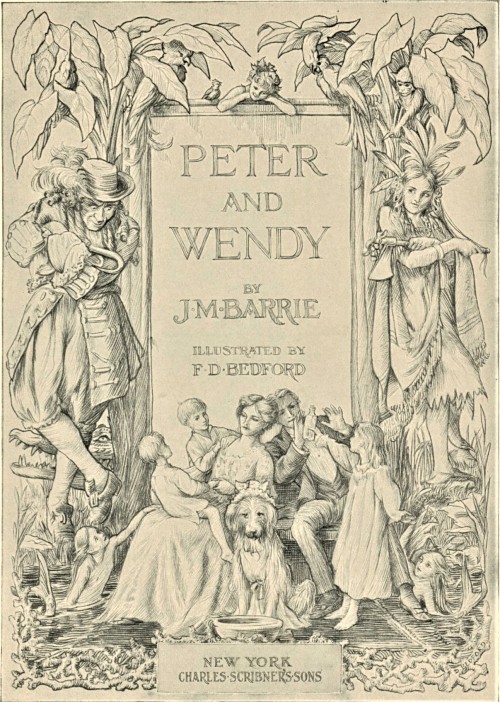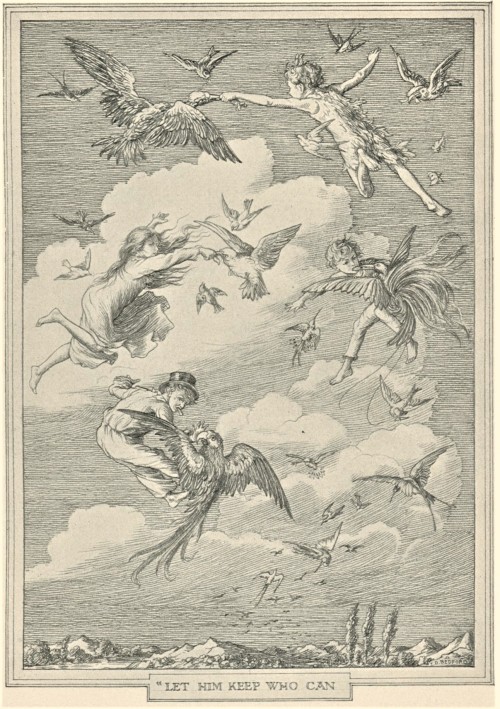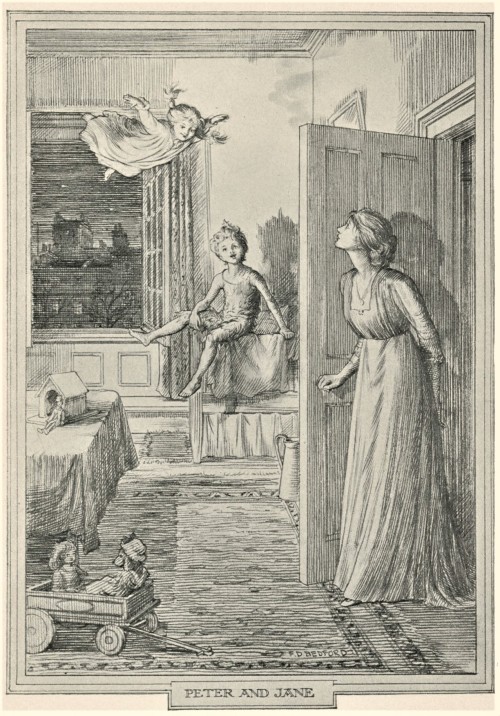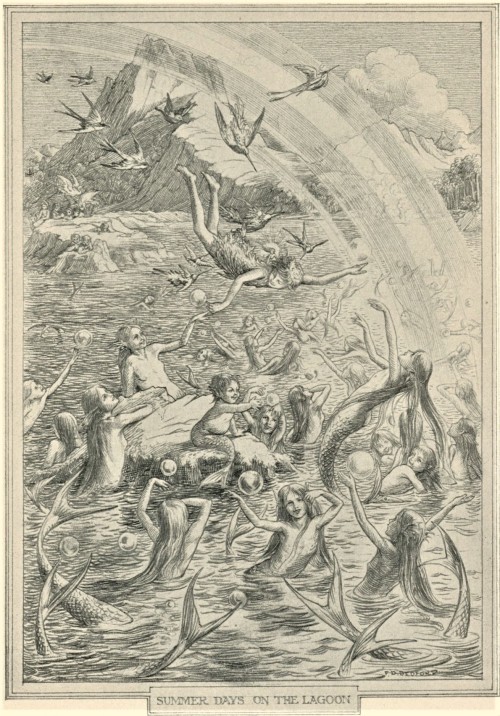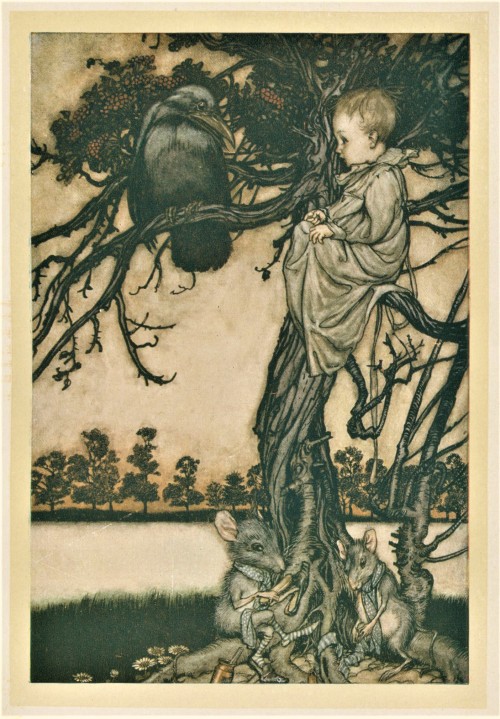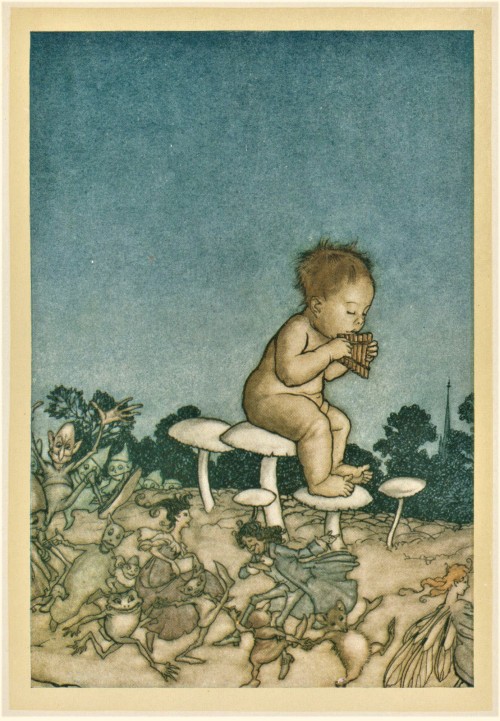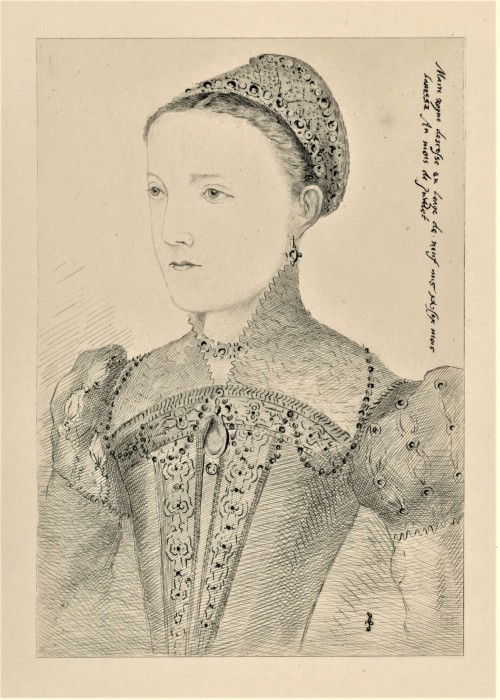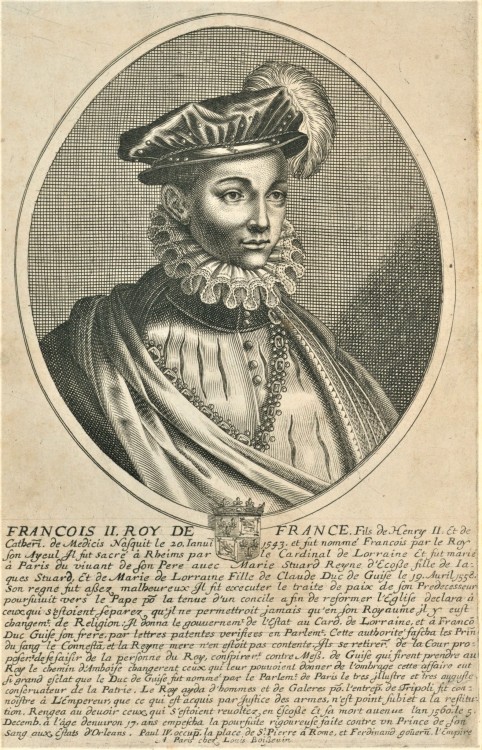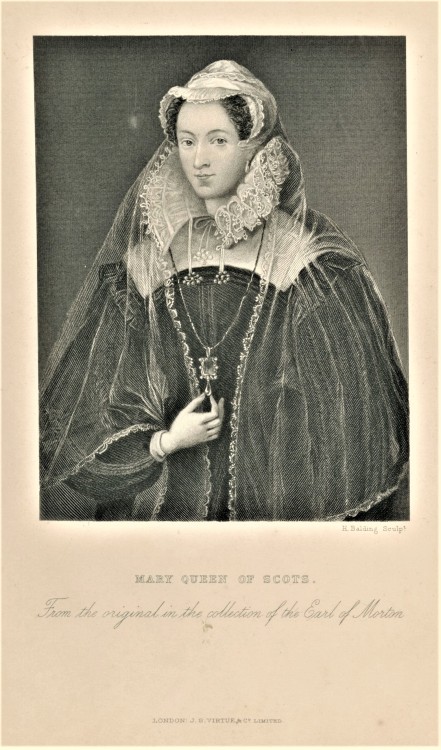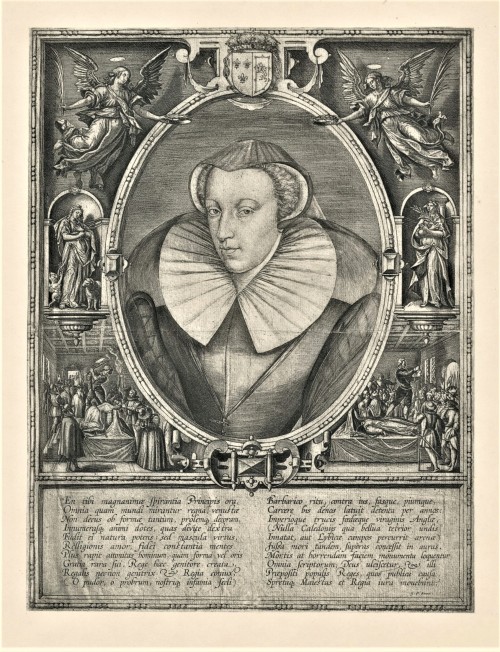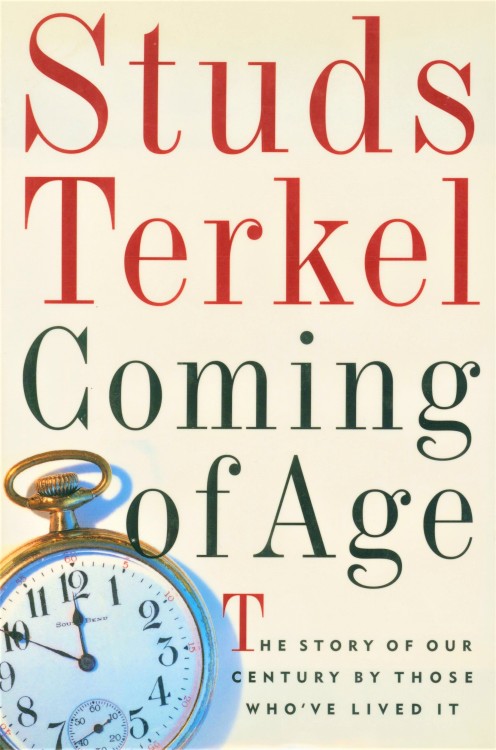#milestone monday
Happy Birthday J.M. Barrie!
Today we share illustrations from the first American trade edition of Peter and Wendy (Scribner’s, 1911) and the second American edition of Peter Pan in Kensington Gardens (Scribner’s, 1910) to honor the birth of Scottish playwright and authorJ.M. Barrie, born May, 9th 1860. Peter and Wendy is illustrated by F. D. Bedford, while Kensington Gardens is illustrated byArthur Rackham.
Barrie is best remembered as the creator of Peter Pan, modeled after the sons of the Llewelyn Davies family, whom Barrie would go on to serve as guardian after the death of father Arthur (d. 1907) and mother Sylvia (d. 1910). The character of Peter Pan first appeared in Barrie’s 1902 novel The Little White Bird. A portion of that novel about an infant Peter was extracted and reprinted by Barrie’s English publisher, Hodder and Stoughton, in 1906 as Peter Pan in Kensington Gardens following the success of Barrie’s 1904 stage play, Peter Pan, or The Boy Who Wouldn’t Grow Up. The stage play later served as the basis for the 1911 novel, Peter and Wendy.
While Peter Pan remains Barrie’s most enduring creation, he enjoyed much success on the London stage, including Ibsen’s Ghost (1891),Quality Street (1901), The Admirable Crichton (1902), The Twelve Pound Look (1910), and Mary Rose (1920). He was also involved in several campaigns to challenge censorious policies affecting British theatre.
Find more Milestone Monday posts here.
-Olivia,Special Collections Graduate Intern
Post link
Mary, Queen of Scots, Monday
On this day, the second of May, in 1568, Mary Stuart, aided by her jailor’s family, escaped after nearly a year of imprisonment in Lochleven Castle.
To commemorate this occasion, we present plates from John Skelton’s 1893 work Mary Stuart, Skelton’s third work on Mary, Queen of Scots, all advocating for a sympathetic view of Mary as a heroic victim. Mary Stuart was printed and published in an edition of 200 copies for Europe (with an additional 100 “with a duplicate series of plates … for America”) byBoussod, Valadon & Co. in Asnières-sur-Sein, a township in Île-de-France just north-west of Paris.
The publishing company, formerlyGoupil & Cie., is best known for its association with Galerie Goupil and the auction and exhibition of contemporary art. With branches in New York, London, Berlin, Vienna, and Brussels, Goupil was a dominant force in the 19th century art market. The business was initially established in 1827 by Jean-Baptiste Michel Adolphe Goupil as a print publishing firm. Goupil retired from the business in 1884, leaving his partner Léon Boussod and Boussod’s son-in-law René Valadon in charge of the business. In 1886, Boussod established the photographic studio and printing press at Asnières where Mary Stuart would eventually be printed.
Mary’s life was beset with scandal and tragedy. After her betrothal to Henry VIII’s son Edward fell apart, she was sent to France at the age of five to eventually wed the Dauphin, Francis II, two years her junior. They married once the Dauphin came of age, but Francis died of an infection and Mary found herself widowed at 18. Mary returned to Scotland and was eventually married to her cousin, Henry Stuart, Earl of Darnley, generally described as a rageful, alcoholic, syphilitic womanizer.
Darnley was killed under suspicious circumstances in January of 1567. Mary herself was suspected, as was James Hepburn, the Earl of Bothwell. Bothwell was eventually tried and acquitted in April, but the marriage of Bothwell and Mary only weeks after the trial caused quite a controversy. The Scottish nobility turned on Mary and Bothwell, leading to her imprisonment and the abdication of the throne. Mary fled to England, hoping to find an ally in her cousin Queen Elizabeth. Instead, she was held prisoner (albeit rather lavishly) for the new two decades. She was executed in 1587 after being found guilty of treason.
ViewmoreMilestone Monday posts here.
-Olivia,Special Collections Graduate Intern
Post link
Happy Birthday Studs Terkel!
Today we honor the birth of Pulitzer Prize winning author, radio host, and historian Studs Terkel, born Louis Terkel in New York City on May 16, 1912. We present our author-inscribed copies of Terkel’s Coming of Age: The Story of our Century by Those Who’ve Lived It (The New Press, NYC, 1995, with distribution by W. W. Norton & Co.) and Alan Wieder’s oral history Studs Terkel: Politics, Culture, but Mostly Conversation (Montly Reveiw Press, NYC, 2016).
Terkel moved to Chicago to attend University of Chicago, attaining a bachelor’s of philosophy and a J.D. there, but despite being admitted to the Illinois bar after finishing law school, he never practiced law. Instead, he found work in a writer’s project funded by theWork’s Progress Administration (WPA),which allowed him to write and act for radio (often taking on the role of the villain). It was as an actor that he was dubbed Studs, from Chicago writer James T. Farrell’sStuds Lonigan trilogy, reportedly because there was another Louis in cast and the director wanted to differentiate the two. Terkel happened to be reading Farrell at the time and the name stuck.
Radio work eventually led to a television show, “Studs’ Place” (1949 - 1951), where Terkel’s strength as not only an interviewer, but a conversationalist, was recognized. However, a combination of the changing television landscape and Terkel’s outspoken leftist views in the McCarthy era meant the show was short lived. Terkel found a new home as a radio host at the newly formed WFMT, a fine-arts station more tolerant of Studs’ politics, where his show would endure for 45 years. It was through his radio program that he attracted the attention of publisher Andre Schriffin, and his literary career took off. Terkel passed away at his home in Chicago in 2008, at the age of 96.
Studs Terkel insisted that everyone has a story, and everyone deserves to be heard. He is remembered as one of the greatest oral historians of the 20th century.
FindmoreMilestone Monday posts here.
-Olivia, Special Collections Graduate Intern
Post link

